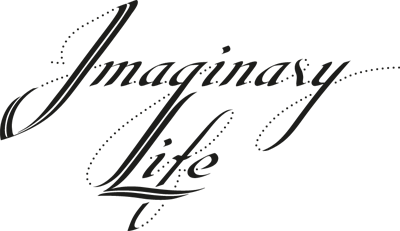
A graphic designer
Sandu Publishing House have released a book that features Stockholm based graphic designer, concept developer, art director and artist Johan Hjerpe. In parallel with commercial brand strategy and design work, Johan is highly active within the cultural field, driving projects as diverse as designing prints and textiles for fashion, set design, magazine art direction, graphic design and concept development for various art and fashion projects.
Entitled ‘Designers Universe – the Wow Factor’, the book is a fascinating, if not somewhat random collection of design that you will have seen in the latest blogs, crossing graphic design, illustration, fashion, set design and motion graphics. Described by Sandu as a book spotlighting “59 professional designers who shine within the field,” each designer, coming from different corners of the world, has a couple of spreads showcasing recent work with short Q&A’s on what makes them tick.
Here are a few of the texts on Johan:
Q: What’s most important to you now?
A: Work wise to stay in transformation together with clients. That means to not accept “because-I’m-the-client” kind of directions, but also not accepting us offering off the shelf directions – even if someone asks and pays for it. The main interest in work is to become someone else that you were not in the beginning, as someone said.
Q: What does your typical day look like?
A: I cook myself a quite ambitious breakfast and eat it. I come in a bit late. I then spend 50-70% of my day on administration and meetings. Rest of the time I use trying to figure things out and create.
Q: What is the wildest design practice you have done in recent years?
A: Last year, Imaginary Life, that I run with Tanya Kim Grassley, worked on a project called the Conspiracy for Good. We created a marketing and design strategy for a pilot project and participatory drama that we all felt had the potential to drive voluntary work for good.
Besides a lot of strategy and communications briefing work, I created a design system built on an unfolding grid, that enabled the participants to code messages with paper craft folding. Most of the design profile was shared hi-res, like the logo for artists and participants to use and interpret. The same elements still needed to be configurable for clear official messages. And everything needed to work online, on screen, on mobile, in print, in moving image and so on. So, it was “wildness” in the sense that the design strategy had a built-in lack of control that is very unusual for design systems.
Q: Please describe a moment/thing/person that has a strong influence on your work.
A: I am very inspired by two artists I work with, Goldin+Senneby. They have a way of exposing our financial reality as fiction, and a way of proving fiction to be very real. A Bataille quote that they used as a title for one of their works says it well: “Each thing seen is the parody of another, or is the same thing in a deceptive form.” My strategic practice at Imaginary Life teaches me to constantly redefine and understand what it is to live in an economical system such as ours. My personal design work helps me keep an open eye to everyday visual groupings, and sometimes the ability to understand the narrative they produce.
Q: Who is a leading-edge designer in your mind and ask him/her a question.
A: I’ve come back to Stefan Sagmeister lately. For example his identity work for Casa da Musica, Portugal. I find it both explorative and to the point, connecting the building, the people working there, historic composers and contemporary events in one visual system.
My question to Mr. Sagmeister: I would love to hear if he did work connecting dimensions of a company on another axis than the visual; for example one stretching from business strategy to new modes of business relationships, or joint company/consumer transformation processes where design is a catalyst or interface for co-creation.
Q: What has made you say Wow lately?
A: I just discovered an overlooked street in Nausea by Satre: “The city has forgotten about it. […] There are not even murders there for lack of murderers and victims. Boulevard Noir is inhuman. Like a mineral. Like a triangle.
Wow. Never before have I encountered such a strong portrait of an empty street.
